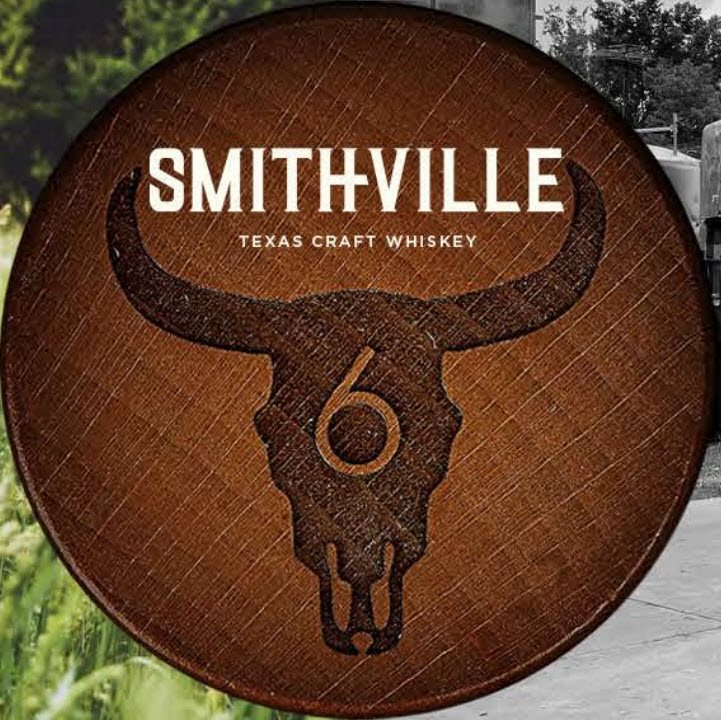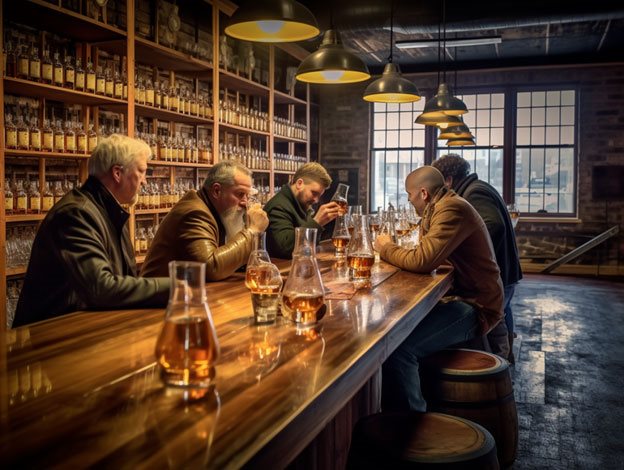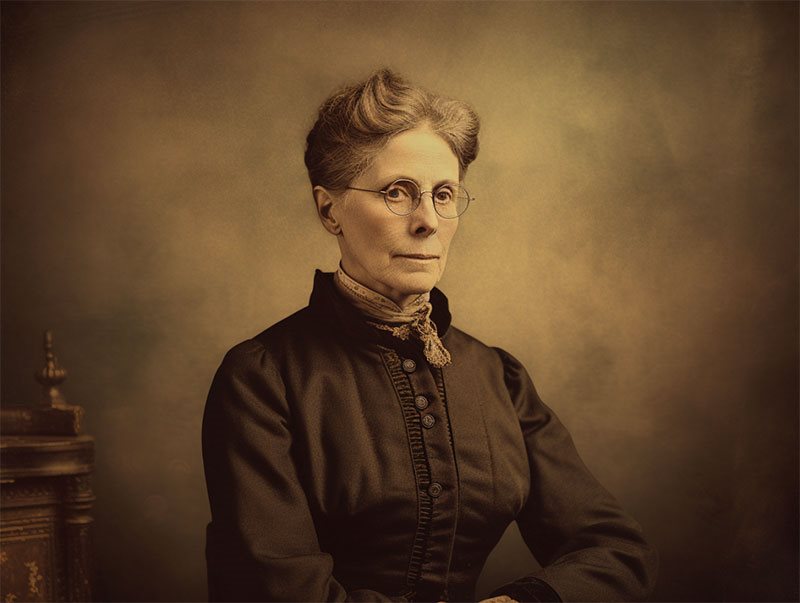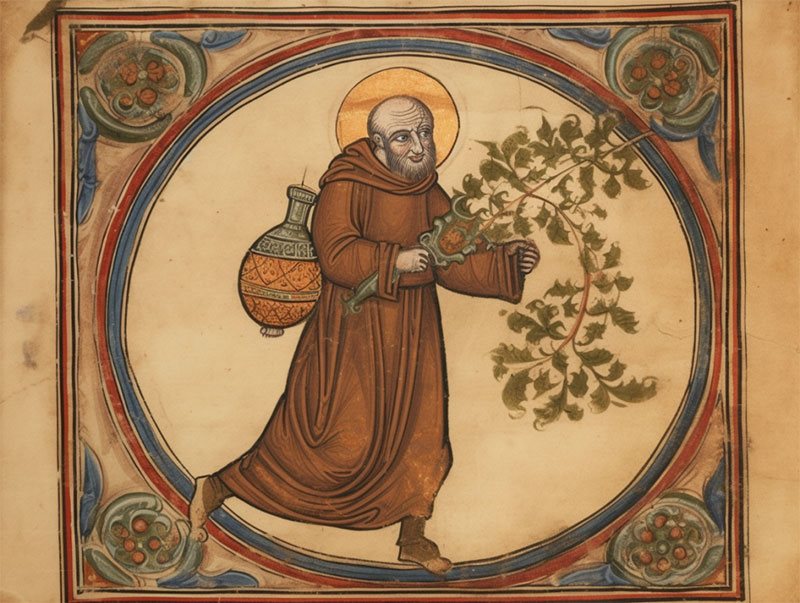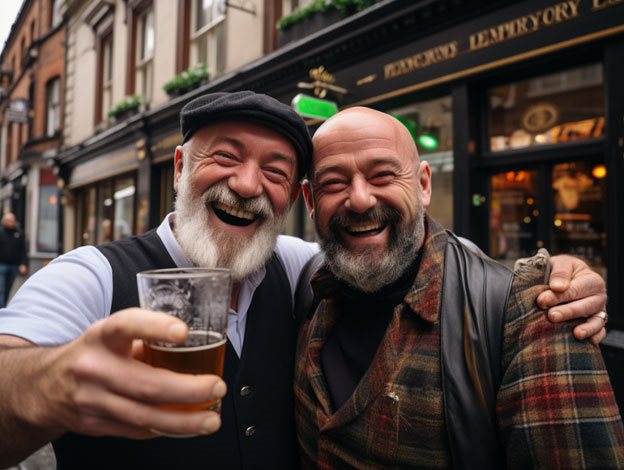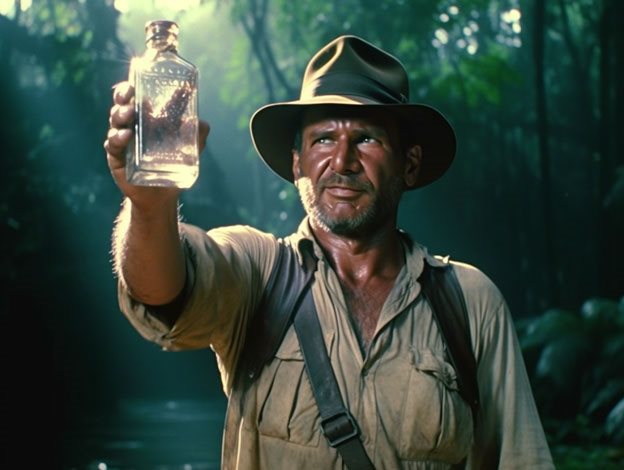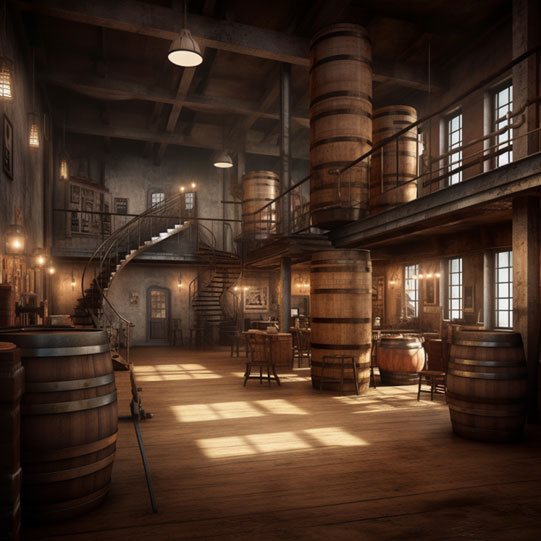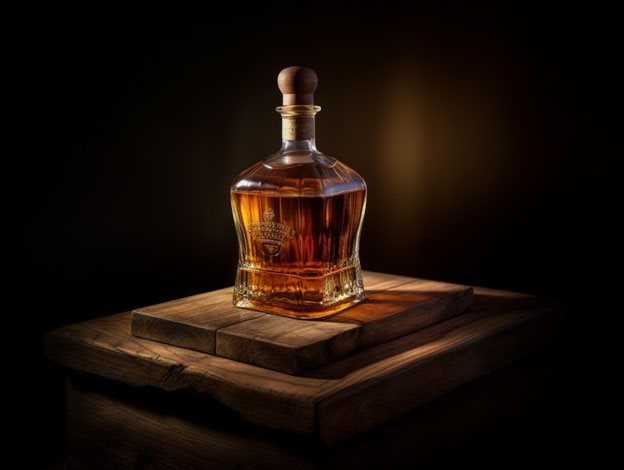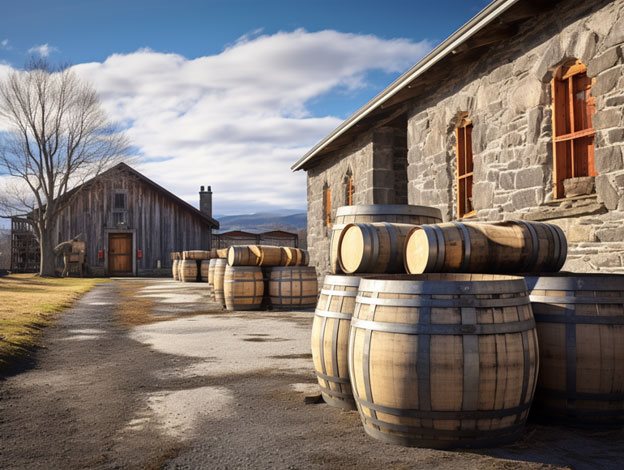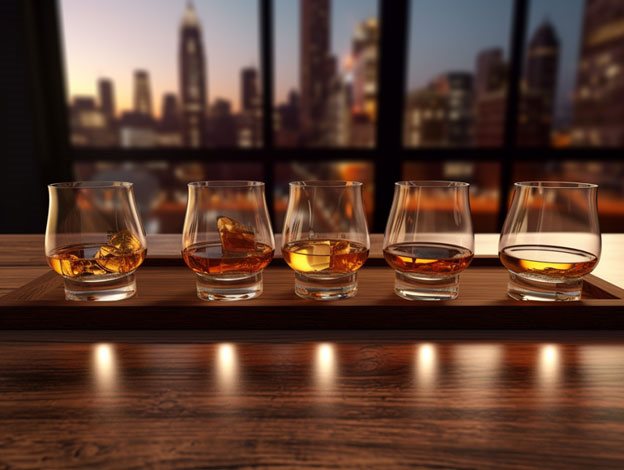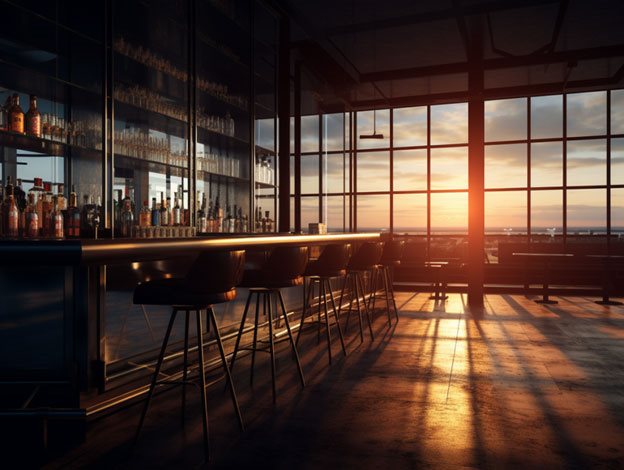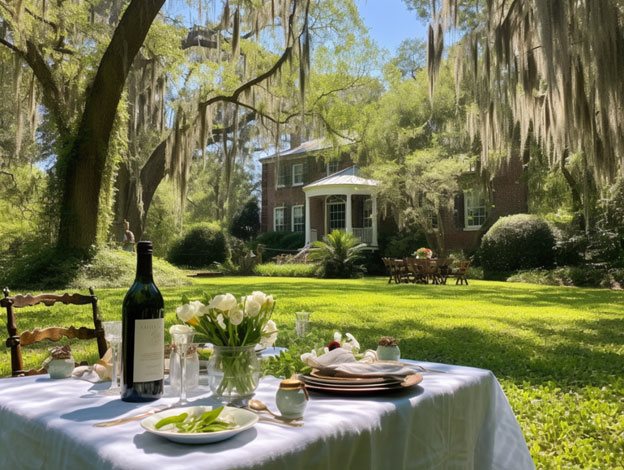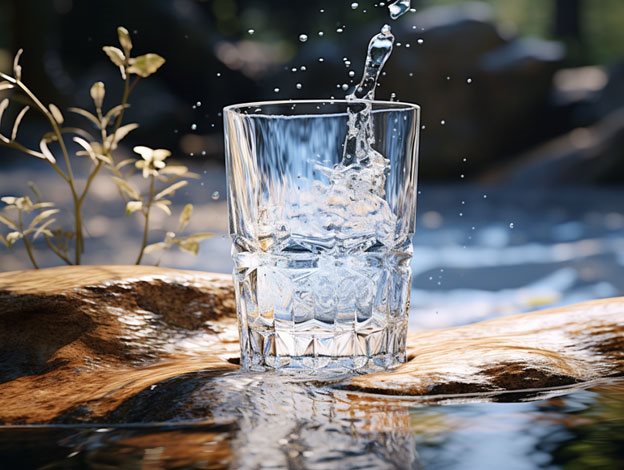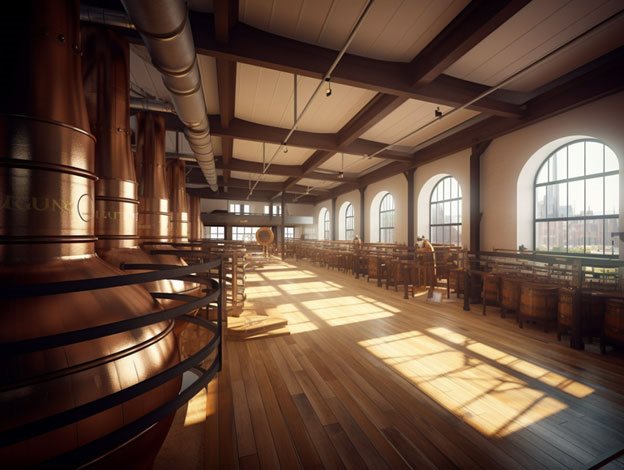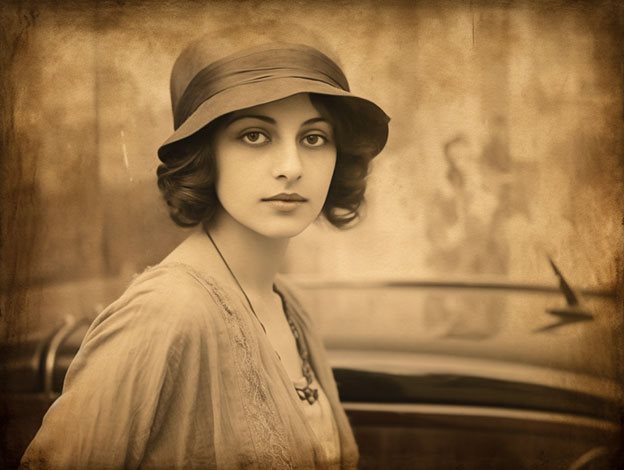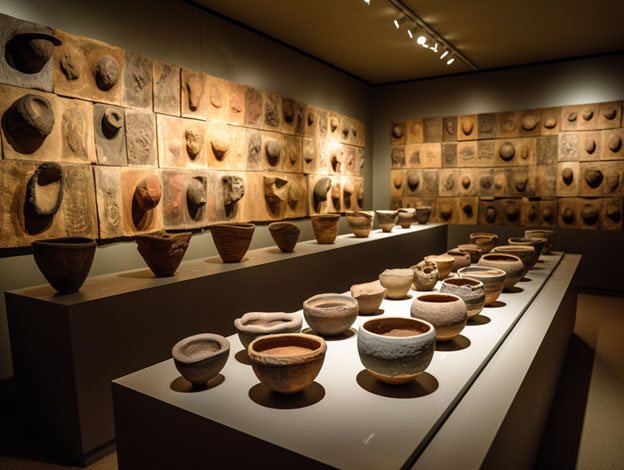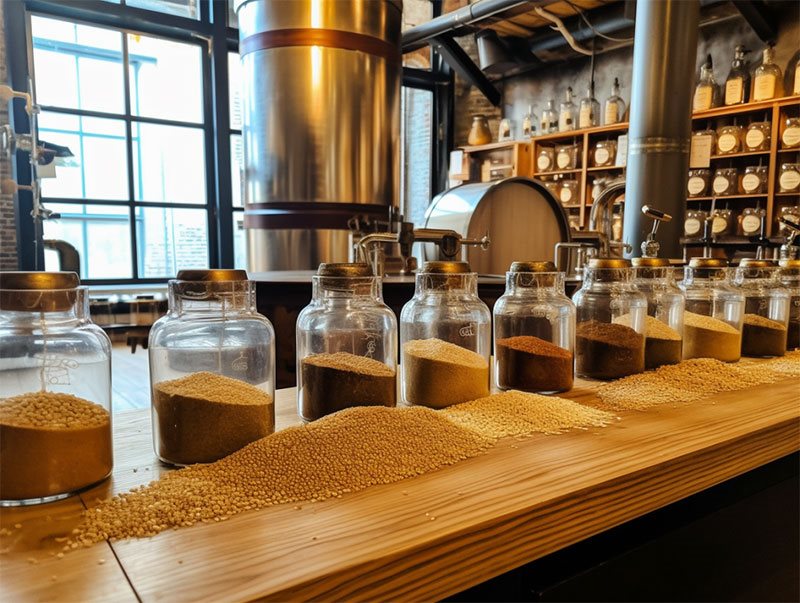Hey there, whisky enthusiasts! Today, we're going to delve into a topic that's as smooth as a top-shelf dram – the unique character of bourbon whisky. Now, if you're new to the whisky game, you might be wondering, "Isn't all whisky the same?" Trust me, the whisky world is as vast and varied as it is delightful. So let's dive in, shall we?
To understand bourbon's distinct nature, we need to first grasp what whisky – or whiskey, depending on where you're from – is. At its core, whisky is a spirit distilled from fermented grain mash, aged in wooden casks. The types of grain used, the distillation process, and the aging duration all contribute to the distinct flavors and characteristics of the whisky. Bourbon, Scotch, and Irish whisky are all types of whisky, each with unique production methods and regulations.
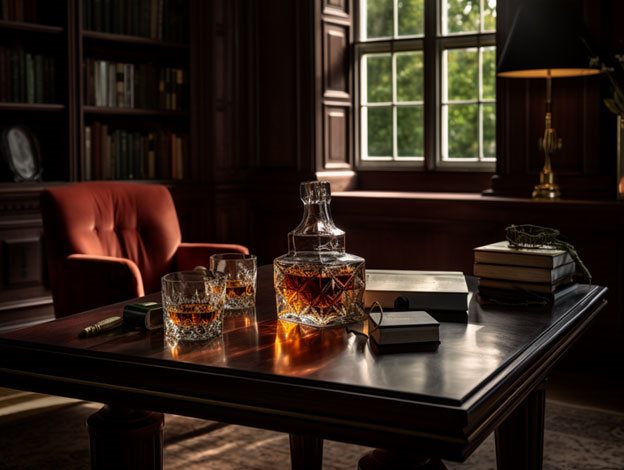
What Makes Bourbon Bourbon?
Bourbon is quintessentially American, born and bred. While it can technically be produced anywhere in the U.S., it is most famously associated with Kentucky, the heartland of bourbon production. But geography aside, what truly sets bourbon apart from other whiskies are the strict production regulations set by the U.S. Federal Standards of Identity for Distilled Spirits. Here's the lowdown on those requirements:
- Grain Bill: At least 51% of the grains used in making bourbon must be corn. The remainder typically consists of barley, rye, or wheat. This high corn content gives bourbon its characteristic sweetness.
- Distillation: Bourbon must be distilled to no more than 160 (U.S.) proof, roughly equating to 80% alcohol by volume (ABV). When it enters the barrel for aging, it can't be more than 125 proof, or about 62.5% ABV.
- Aging Process: Bourbon must be aged in new, charred oak barrels. Unlike Scotch or Irish whisky, there's no minimum aging period for bourbon in general. However, to be called 'straight' bourbon, it must be aged for a minimum of two years. And if it's aged less than four years, the duration must be stated on the label.
- No Additives: You can't add any flavors, colors, or other spirits to bourbon. Its color and flavor come exclusively from the aging process.
- Bottling Strength: Finally, when bourbon is bottled, it must be at least 80 proof (40% ABV).
Production Process: A Journey of Flavor
The process of making bourbon is a delicate balance of science and art, steeped in tradition. It starts with the grain, which is ground and mixed with water to create a mash. The mash is then fermented, which essentially means yeast is added to convert the sugars into alcohol, creating what's known as the 'distiller's beer.'
The distiller's beer is distilled, often in a column still, to create a high-proof, clear spirit called 'white dog.' This white dog is then transferred into the new, charred oak barrels for aging. As the bourbon ages, it absorbs flavors from the wood, resulting in its distinctive caramel and vanilla notes. The charred interior of the barrels also imparts a dark color and a slight smoky flavor.
The length of time bourbon spends in the barrel, along with the climate of the aging location, greatly affects the final product. Warmer climates, like Kentucky's, can result in a quicker and more intense aging process due to increased interaction between the spirit and the wood.
So, there you have it, folks – the story of bourbon, a true American beverage.
